You won’t believe some of the unique food customs and traditions from around the world. Different cultures have fascinating ways of handling mealtime, and they can seem pretty unusual if you’re not familiar with them. Whether it’s about how to hold your utensils, specific rituals during meals, or unique ingredients, these customs offer a glimpse into the values and etiquette of different societies.
Contents
- 1 Austria: Eye Contact During Toasts
- 2 Chile: No Eating with Hands
- 3 China: Leaving Food on the Plate
- 4 Egypt: Avoiding the Salt Shaker
- 5 Ethiopia: Sharing Food
- 6 India: Right Hand Only
- 7 Italy: No Cheese with Seafood
- 8 Japan: No Passing Food with Chopsticks
- 9 Korea: Eating Pace with Elders
- 10 Morocco: Using Bread as a Utensil
- 11 Philippines: Eating Balut
- 12 Thailand: Forks Only for Pushing
- 13 United Kingdom: Stirring Tea Quietly
- 14 More From RetailShout
- 15 20 Vegetarian Recipes With 5 Ingredients Or Less
- 16 14 Italian Dishes Everyone Should Know
Austria: Eye Contact During Toasts

In Austria, it is customary to make eye contact with each person you toast with. Failing to do so is considered bad luck and rude. This tradition emphasizes respect and acknowledgment during social gatherings. Always remember to look each person in the eye before taking a sip.
Chile: No Eating with Hands
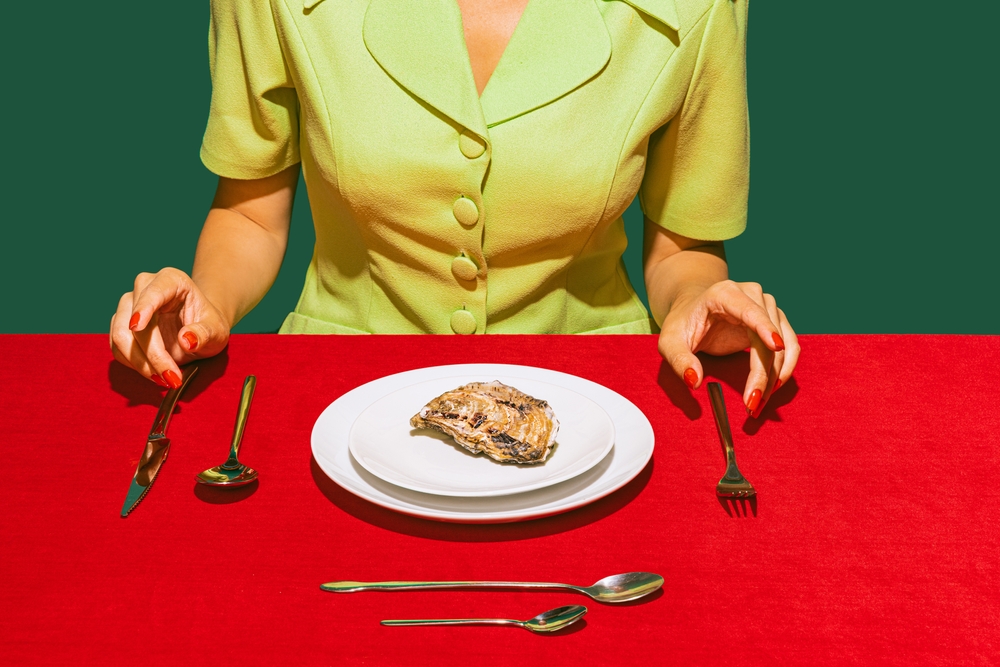
In Chile, eating with your hands is seen as improper. Every type of food, including snacks like burgers, should be eaten using cutlery. This practice aims to maintain a formal dining atmosphere. It’s quite a challenge for those accustomed to casual eating styles.
China: Leaving Food on the Plate
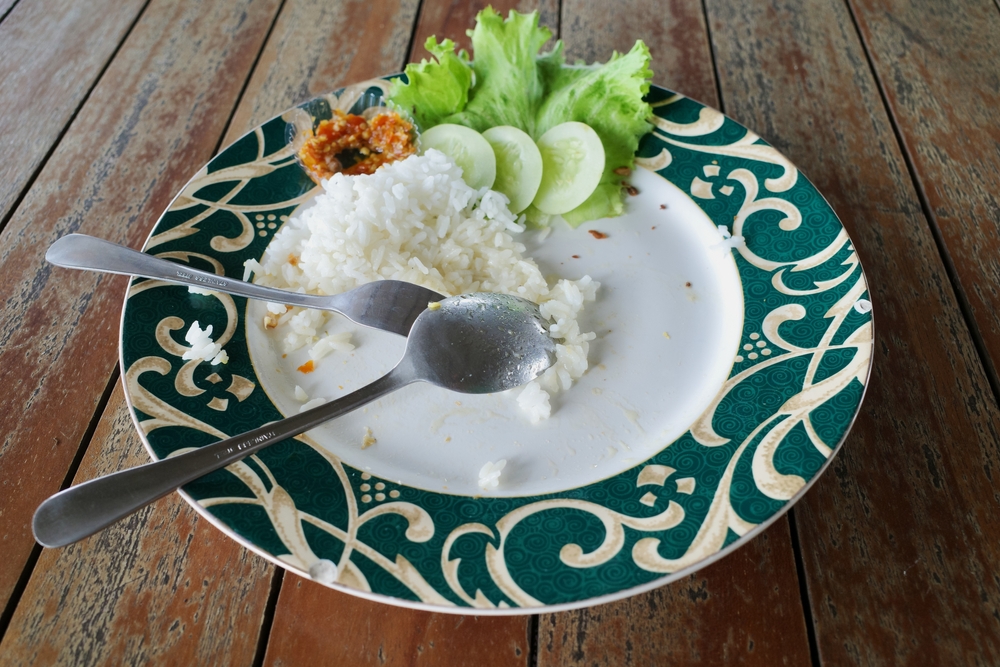
In China, finishing all the food on your plate suggests the host didn’t provide enough. Leaving a small amount of food shows that you are satisfied and that the host was generous. This practice ensures that guests never feel hungry. It’s a subtle way to express gratitude and fullness.
Egypt: Avoiding the Salt Shaker

Using the salt shaker in Egypt can be offensive. It implies that the food prepared by the host lacks flavor. Guests are expected to enjoy the food as it is served. This tradition underscores respect for the host’s culinary skills.
Ethiopia: Sharing Food
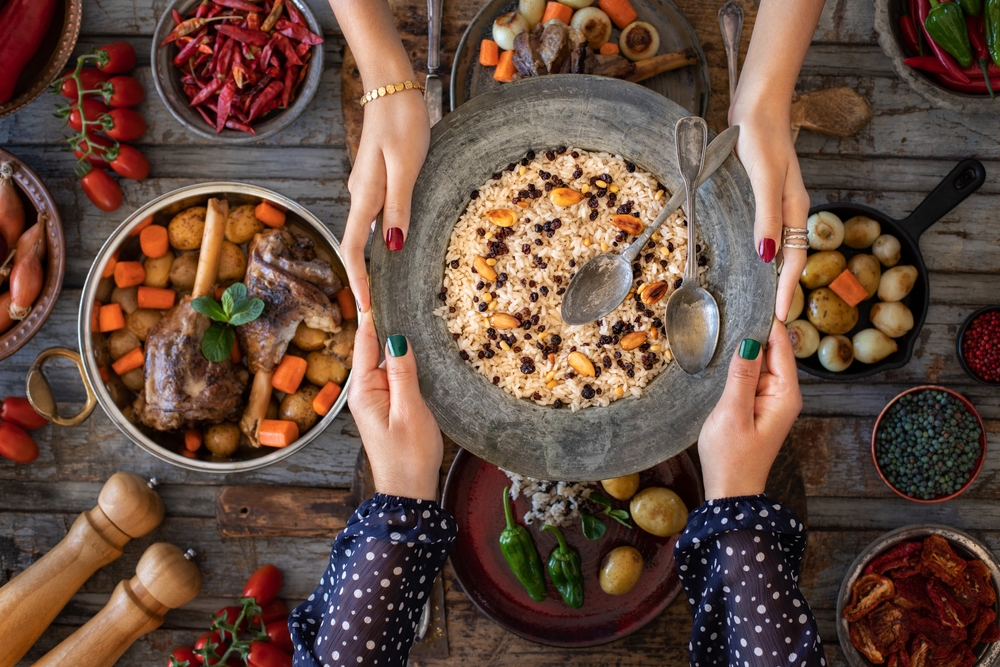
In Ethiopia, sharing food is a common practice. Large portions are served, meant to be shared among many people. This custom fosters community and togetherness. It’s an intimate way to bond over meals.
India: Right Hand Only
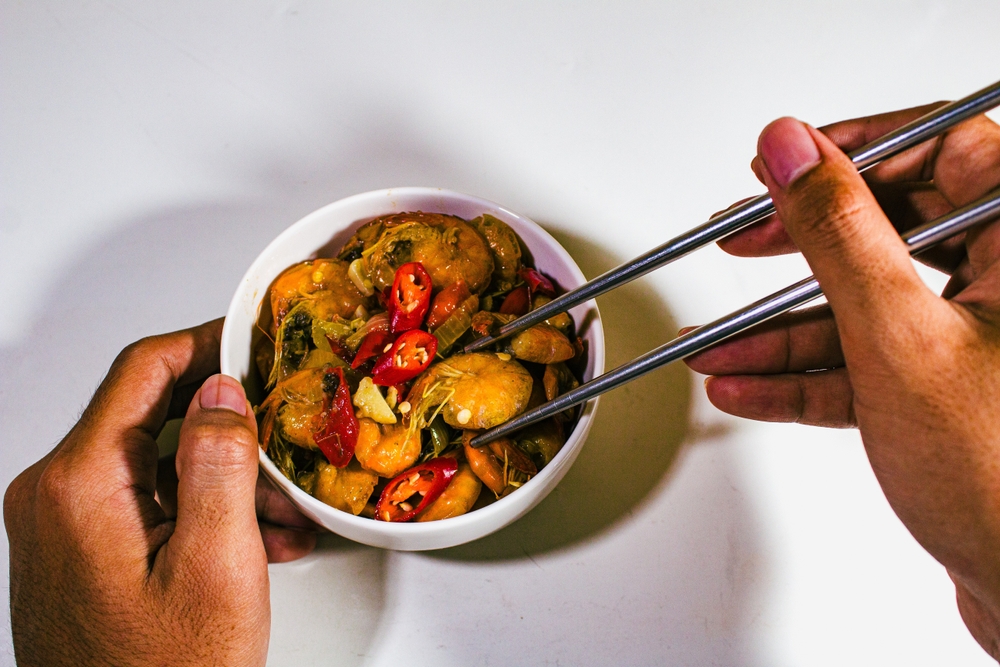
In India, it is customary to eat with the right hand only. The left hand is considered unclean and is not used for eating. This tradition is rooted in hygiene practices and cultural beliefs. Eating with the right hand is a sign of respect and cleanliness.
Italy: No Cheese with Seafood
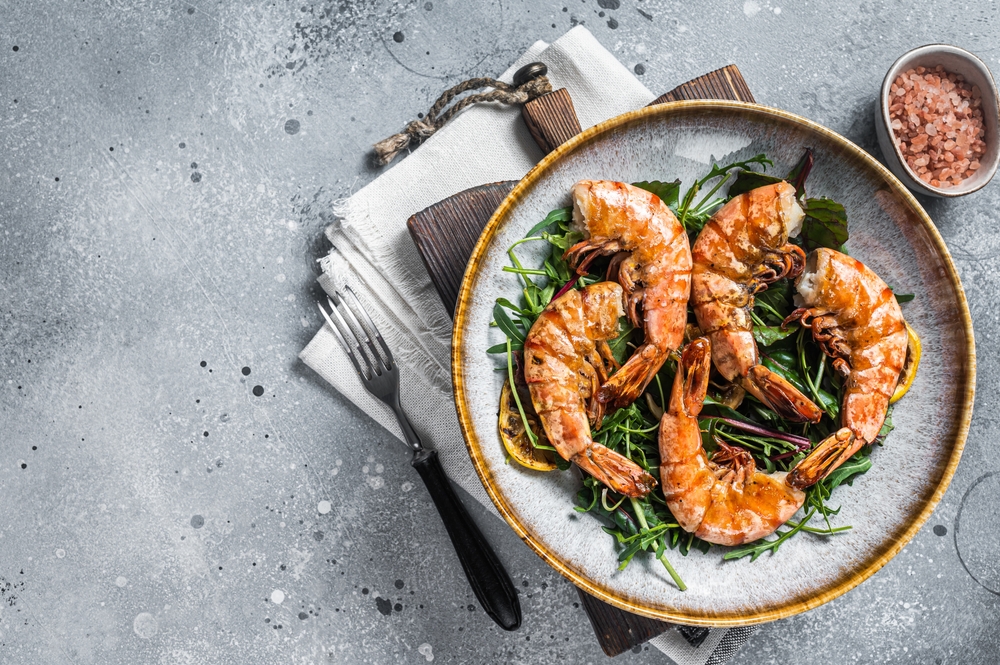
In Italy, adding cheese to seafood dishes is a major faux pas. This practice can offend traditional culinary sensibilities. Cheese is reserved for certain dishes and not mixed with seafood. Italians take their food combinations very seriously.
Japan: No Passing Food with Chopsticks

In Japan, passing food from one set of chopsticks to another is taboo. This practice is reserved for funerals when bones are passed between family members. To avoid this, use a plate to transfer food. It’s important to be aware of this to avoid cultural missteps.
Korea: Eating Pace with Elders

In Korea, it is polite to match the eating pace of the eldest person at the table. This shows respect and consideration for elders. Eating too quickly or slowly can be seen as disrespectful. This tradition emphasizes the importance of harmony and respect during meals.
Morocco: Using Bread as a Utensil
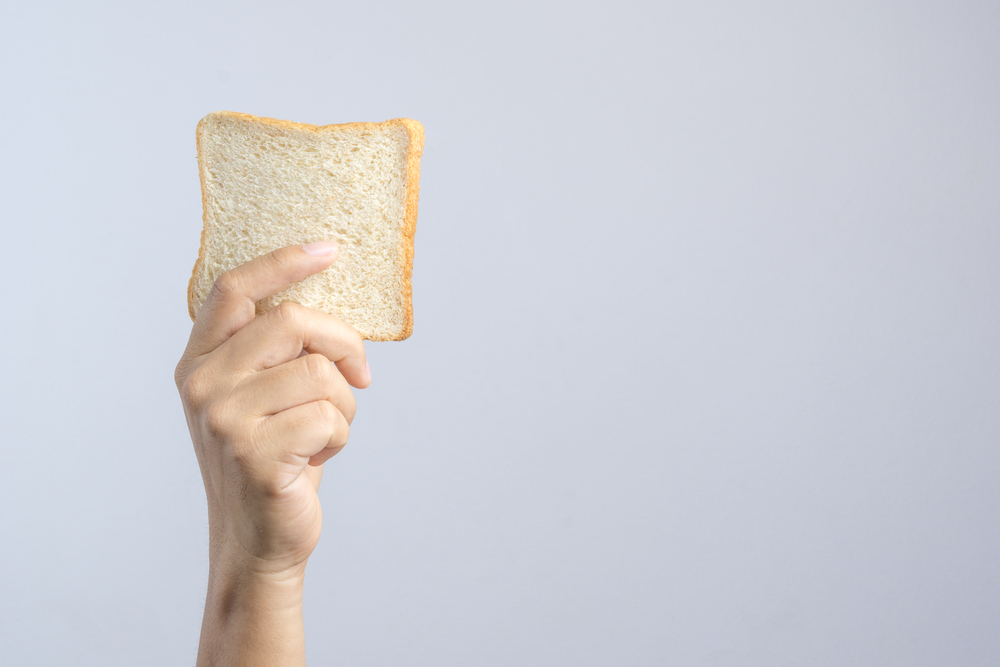
In Morocco, it is customary to use bread instead of utensils to scoop up food. Moroccan meals often consist of tagines and other dishes served with flatbread. Diners use the bread to pick up pieces of meat and vegetables or to soak up the flavorful sauces. This practice enhances the communal and tactile experience of eating together.
Philippines: Eating Balut
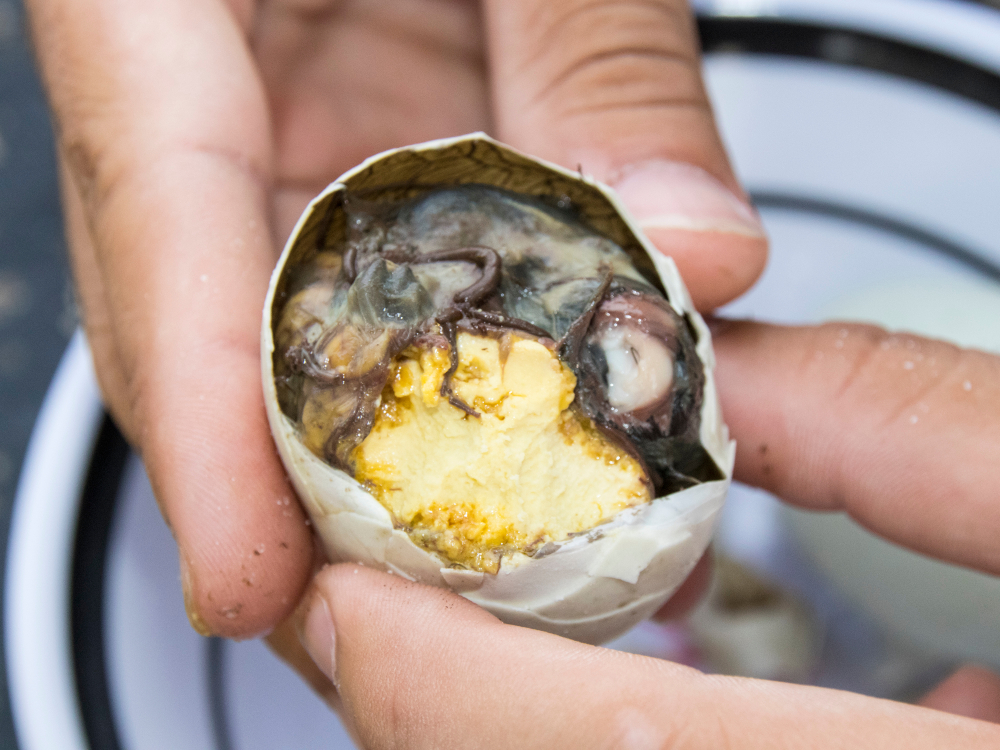
In the Philippines, balut is a popular street food that may shock some visitors. Balut is a fertilized duck egg with a partially developed embryo inside. It is boiled and eaten directly from the shell, often seasoned with salt or vinegar. This delicacy is considered a rich source of protein and is enjoyed for its unique flavor and texture.
Thailand: Forks Only for Pushing
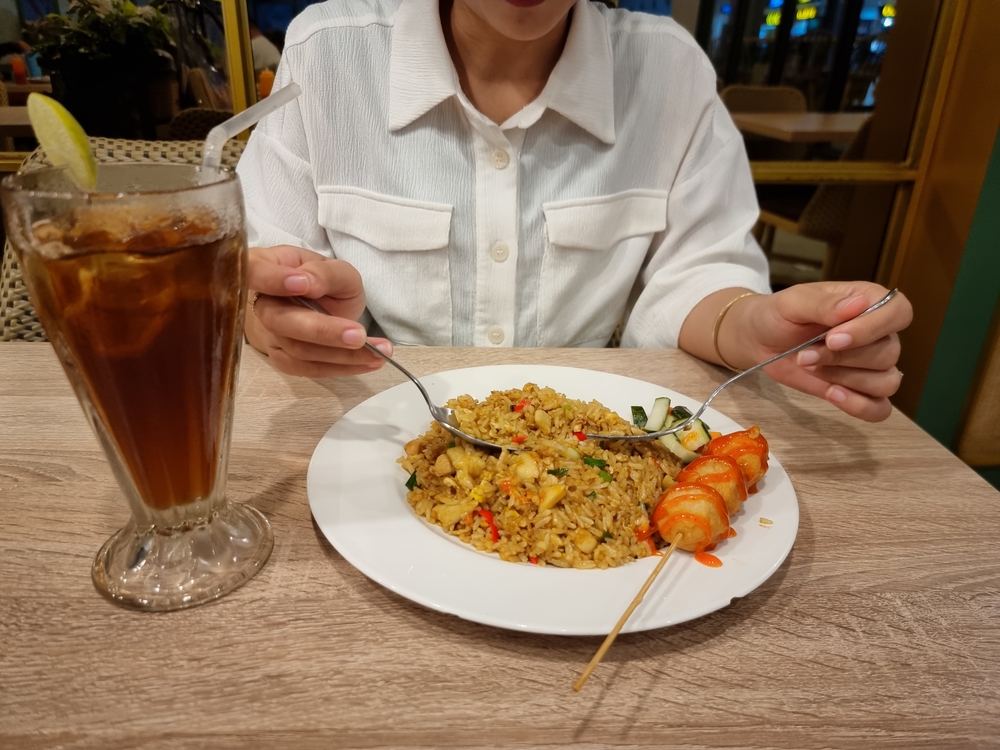
In Thailand, forks are used only to push food onto the spoon. They are not used to put food into your mouth. This custom maintains a certain dining etiquette. It’s a unique way to handle cutlery that visitors need to adapt to.
United Kingdom: Stirring Tea Quietly

In the United Kingdom, when stirring tea, avoid letting the spoon hit the cup. Also, never leave the spoon in the cup; place it on the saucer. This tradition preserves the elegance of tea time. It’s a small but important detail in British dining etiquette.
This article originally appeared on RetailShout
More From RetailShout
10 Best Thai Streets Foods Besides Pad Thai

Thai street food is a treasure trove of flavors and textures that go far beyond the well-loved Pad Thai. Whether you’re a fan of spicy, sweet, or savory, there’s something to delight every palate. Read More.
20 Vegetarian Recipes With 5 Ingredients Or Less
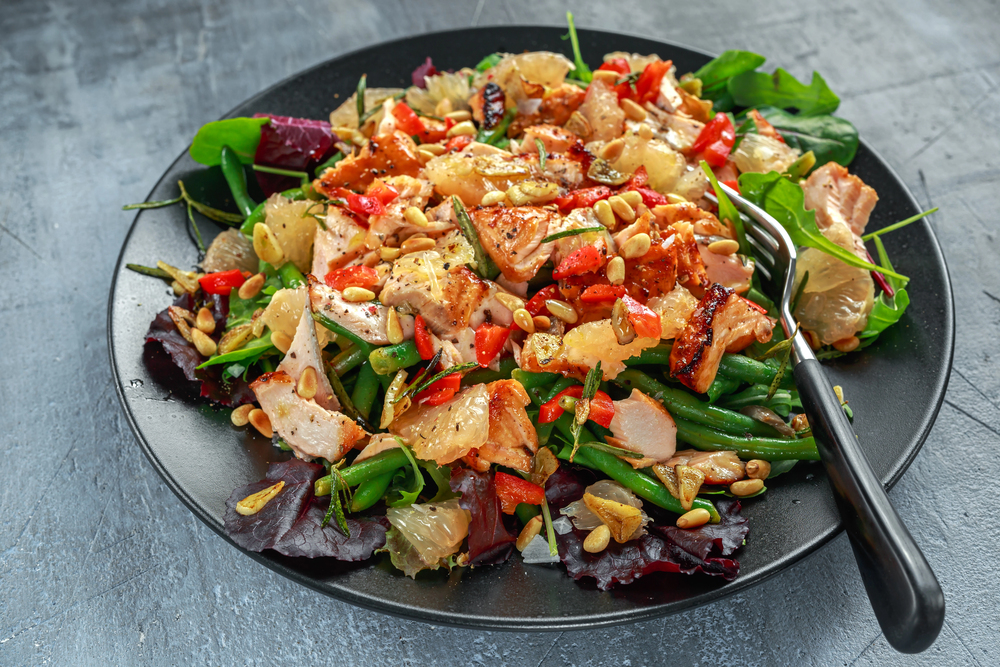
Cooking delicious vegetarian meals doesn’t have to be complicated or time-consuming. Some of the best dishes can be made with just a handful of ingredients. Read More.
14 Italian Dishes Everyone Should Know
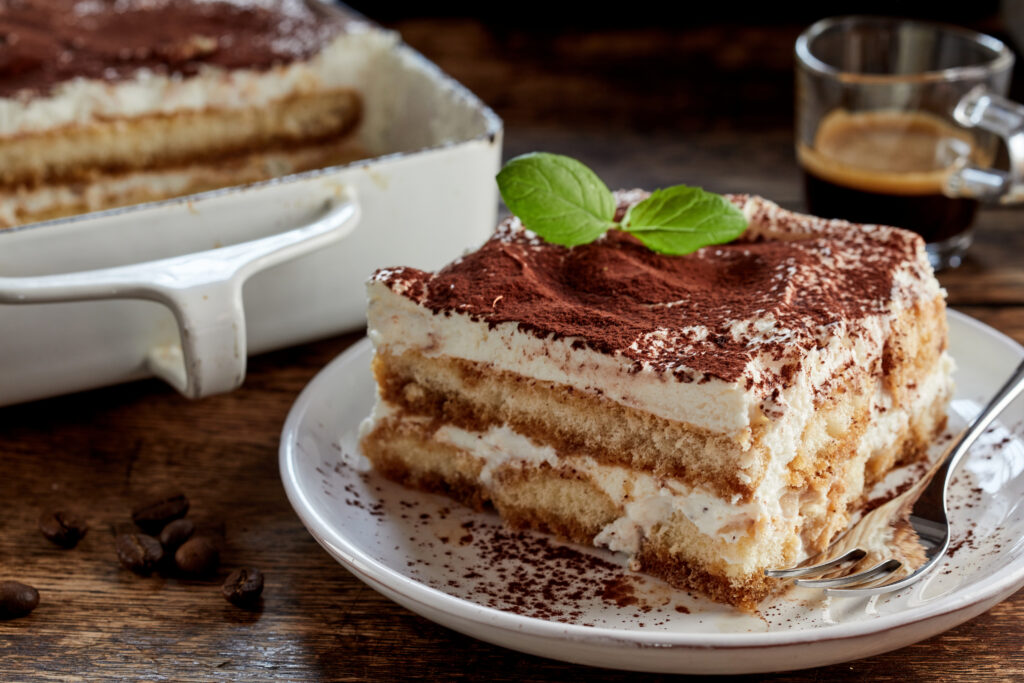
Italian cuisine embodies a philosophy that cherishes fresh, high-quality ingredients prepared with passion and skill. It is known worldwide for its rich flavors, regional diversity, and centuries-old culinary traditions. Read More.






